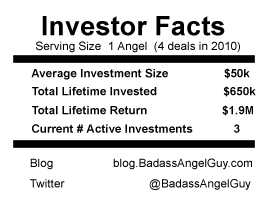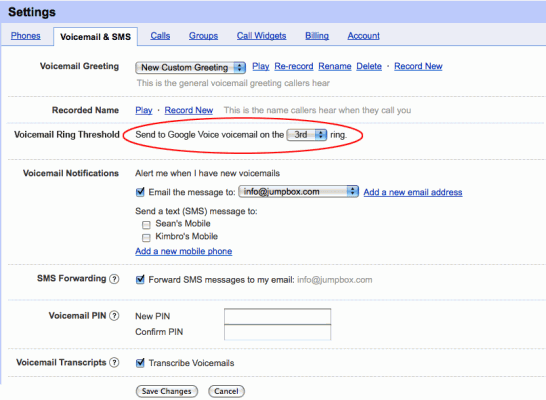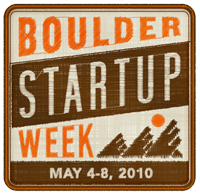
Here’s a simple proposal: if you’re calling yourself an Angel Investor at an event, you should wear a standard name tag that gives an objective measure of some basic facts about your “nutritional content” as an Angel.
At least in AZ, the term “Angel” seems to have been co-opted by anyone who has ever bought a piece of real estate. After holding a piece of dirt and making money, these people are somehow magically imbued with divine powers to forsee why your technology startup won’t possibly work (and they’re happy to prognosticate about it).
I was at an event last night helping a friend pitch his company and one of the panelists (who shall remain unnamed) made the repeated feedback to the presenters that “you didn’t specify what my return will be.” Sir, frankly if that’s the only feedback you have for these entrepreneurs pitching their early-stage, pre-revenue technology startups, you do not deserve the title Angel.
Go buy a treasury bond and the bankers will happily explain what your return will be.
At this stage in the search for the repeatable scalable business model, companies have no f’ing clue what the return on your $50k is going to be. And it’s a silly tapdance you put them through when you force them to fabricate and justify one. The idea is to make it as big as possible – we all agree on that right?
If you’re a VC adding fuel to a finely tuned business model where the formula has been determined and tested, by all means ask the entrepreneur to calculate and substantiate what the return will be. At that point that exercise makes sense. But at this pre-revenue stage by asking this question you’ve self-identified yourself as being unsophisticated, focused on the wrong motivation of Angel-stage investing and frankly you’re not someone whose money I would want at that point. At the Angel stage the entrepreneur has demonstrated the ability to create a product which appears viable. You’re funding their search for the repeatable scalable business model, not putting gas in the engine of a working model. Think of it as a more interesting/rewarding alternative to throwing your $50k down on a craps table in Vegas. If you’re treating it like a blue chip stock and can’t afford to lose that money you shouldn’t be doing Angel investing.
Note: I’m not proposing regulation on Angel Investing, I’m proposing a standard for Angels self-reporting some basic traits to the folks who are pitching you. This objective label would do two important things: 1) for the budding entrepreneur, it gives him/her the ability to assign a level of credence to the words coming from the person telling them why they’re going to fail. 2) for the Angel, it forces them to admit publicly how many deals he/she actual does at the end of the day. The guy with the “Deals last year = 0” label on his breast pocket will likely think twice next time before he publicly craps on a guy starting a company for the first time.








